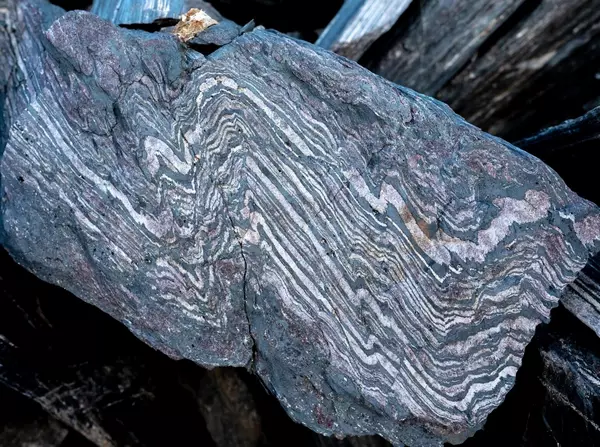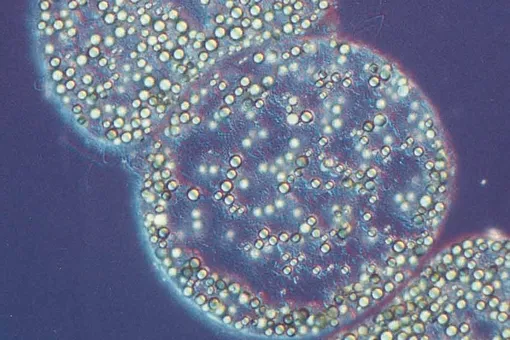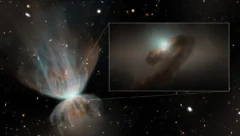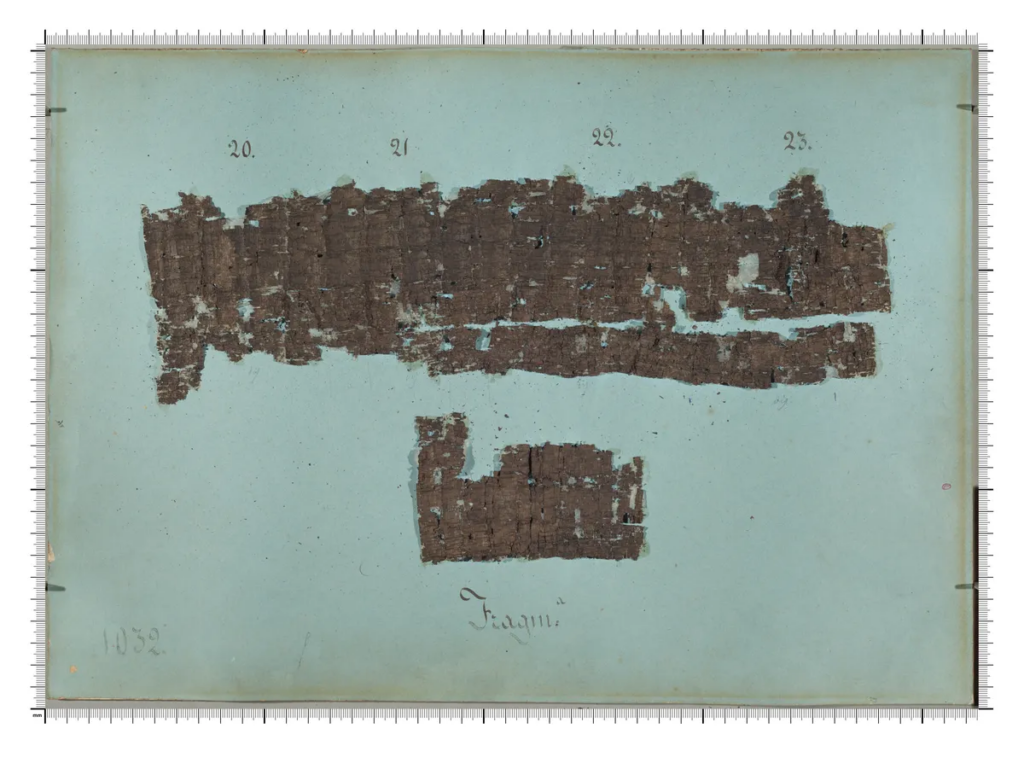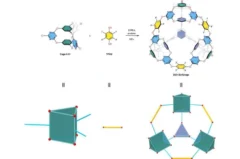Telecommunications giant Nokia and the Dutch organization SURF, which unites IT companies in the field of education and scientific research, have announced a significant achievement in the field of optical data transmission. The developers have successfully implemented transmission at a speed of 800 Gbit/s on an already existing fiber optic cable running through several European countries.
The technological breakthrough occurred in preparation for the upgrade of the Large Hadron Collider (LHC) at CERN, which is the largest and most powerful particle accelerator in the world. The upgrade of the accelerator became necessary due to the huge amount of data that was generated during its operation - more than 1000 petabytes. The data is used by thousands of scientists around the world for research that may shed light on some of the universe's greatest mysteries.


In recent tests, Nokia and SURF achieved data transfer speeds of 800 Gbps on the 1648 km network connecting Amsterdam to Geneva via Belgium and France. Achieving this speed on existing cable systems shows that the infrastructure, despite its age, is still capable of providing the high technological standards required for modern science.
It is planned that the updated HAC, named HL-LHC, will start functioning in 2029. SURF Chief Innovation Officer Ron Augustus emphasized: "The test launch is an important step in preparing our network for the future demands of scientific research and education, including the modernization of the CERN particle accelerator."
As a reminder, in March, researchers from Aston University in Great Britain achieved a record speed of data transmission over the Internet. It is estimated to be 4.5 million times faster than the average home broadband speed in Britain.


 626
626



